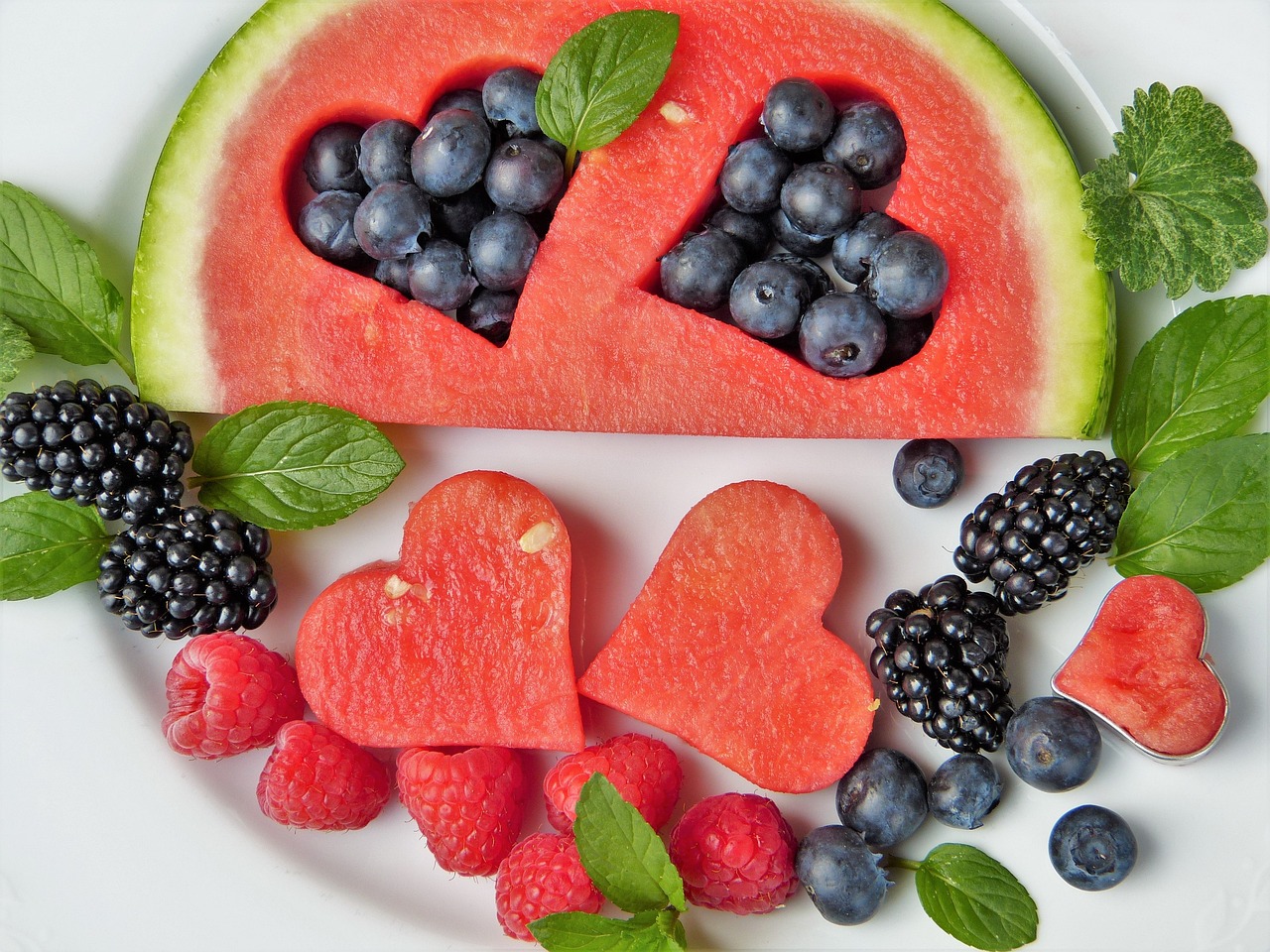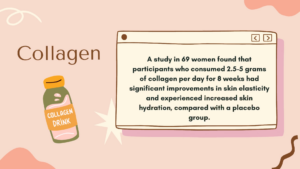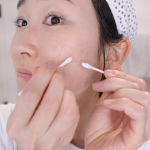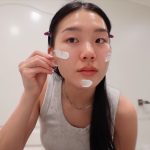In today’s world, where beauty and skincare are increasingly seen as interlinked with one’s health status, understanding what you ingest is key. The food labels go beyond the tiny prints on the wrapping; instead, they are treasure troves of information that can lead to a healthier you by making healthy choices that will help not only your overall wellness but also your skin health. This essay will demystify food labels, giving you confidence in decision-making about your body for a healthier, glowing appearance.
The Importance of Reading Food Labels
- Control Your Weight: Awareness of calorie content and sizes of servings helps in maintaining a balanced diet.
- Improve Skin Health: Your skin could look alive and vibrant when fed on nutrient-laden foods.
- Avoid Allergens and Irritants: Spots out ingredients that may cause allergies or other skin problems
- Make Healthier Choices: You want foods with lower sugars, salts, and unhealthy fats.
Decoding the Nutrition Facts Panel
- Serving Size: This is an indication of how much food the nutritional information refers to. Note that the serving size may be smaller than what you typically eat.
- Servings Per Container: The number of servings in the entire package. Multiply the nutritional values by the servings you consume.
- Calories: It shows how much energy is obtained from one serving of the product. Watch out for your calorie input for weight management purposes.
- Calories from Fat: How many calories are from fat expressed as a percentage (%)? Opt for foods where less of their calories come from fat
- Total Fat: Includes saturated fat and trans fat. Overconsumption of these fats can lead to acne breakouts and other health issues.
- Cholesterol and Sodium: Excessive amounts can cause heart problems and dry skin issues.
- Dietary Fiber – crucial for digestive health and improving complexion
- Vitamins & Minerals – seek more vitamins A, C calcium & iron-enriched foods that support general well-being together with glowing skins
Understanding the Ingredients List
1. Order of Ingredients
Ingredients are listed according to descending weight order beginning with those that constitute the largest proportion of the product. Go for foods with whole foods (e.g., whole grains, fruits, and vegetables) listed at the top.
2. Identifying Added Sugars
Sugars are named under various guises like high fructose corn syrup, sucrose, or cane sugar. Eat food that has little amounts of added sugars to avoid weight gain and skin problems such as acne.
3. Recognizing Harmful Additives
Artificial colors, flavors, and preservatives influence negatively your health about your skin. Examples of common additives include MSG, artificial sweeteners (such as aspartame), and preservatives like sodium benzoate.
4. Allergen Information
For people with food intolerances, it is important to check for common allergens including; dairy products nuts, and gluten. Allergens can cause breakouts and serious health problems when taken
Claims and Certifications
You can find claims and certifications on food packages that could help you to choose healthier options:
- Nutrient Content Claims
Low-fat, Fat-free, Low-calorie: Terms like these are regulated and must adhere to set standards. Yet low-fat or fat-free does not equate to healthy as they may contain high amounts of sugars.
High in Fiber, Good Source of: Represents substantial quantities of nutrients that are beneficial.
- Health Claims
Heart-healthy, Supports Immune Function: These claims are controlled by health authorities and may imply that the product contributes to specific health benefits.
- Organic and Non-GMO Labels
Organic: Products marked organic do not have synthetic pesticides or fertilizers which is good for your health as well as skin care too.
Non-GMO: It means that the particular product is free from genetically modified organisms (GMOs) which some people prefer not to have in their food.
Tips for Making Healthier Choices
Compare Similar Products: This entails reading food labels for different brands and selecting those with healthier options.
Watch Out for Serving Sizes: Keep in mind that a small bag could include more than one serving.
Limit Processed Foods: Opt for whole, unprocessed foods for optimum nutrition values.
Be Skeptical of Marketing: Do not let front-of-package marketing influence you; always go through the Nutrition Facts panel plus the ingredients list section.
Conclusion
Reading and comprehending food labels is an effective tool for better health and beauty. By looking at the Nutrition Facts panel, ingredients list, and food claims you can make choices based on information that will benefit your overall well-being while enhancing your skin’s natural beauty. Remember whatever goes into your body reflects on the outside so make wise decisions about what you put inside it nourishing yourself with the purest nature has to offer.








